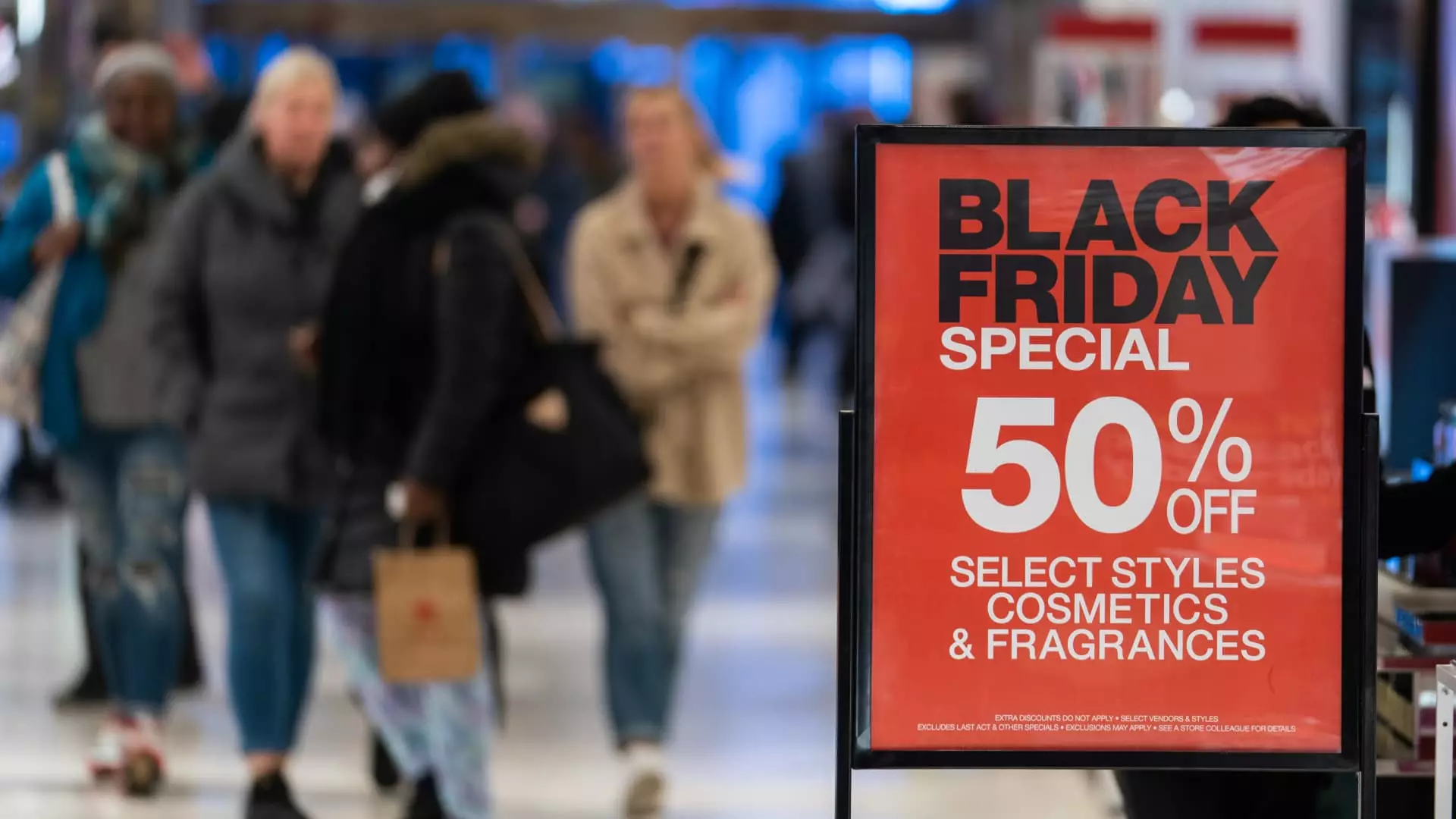As the holiday season approaches, shoppers anticipate the extensive discounts and promotional strategies that define the year-end sales period. Particularly, the five days encompassing Thanksgiving Day through Cyber Monday present significant opportunities for consumers to engage in retail therapy. However, as the National Retail Federation’s annual survey hints at a potentially record-breaking year in shopping volume, it becomes exceedingly important for consumers to scrutinize their purchasing strategies to ensure they are indeed taking advantage of the best possible deals.
Understanding the Truth Behind Black Friday Discounts
Black Friday, once regarded as the pinnacle of shopping extravagance, is not the goldmine many perceive it to be. A recent report by WalletHub reveals a startling statistic: 35% of items available on Black Friday did not offer any savings compared to their earlier pricing on platforms like Amazon. This raises questions about the authenticity of advertised discounts, suggesting many retailers may inflate their original prices to present a more appealing discount. Andrea Woroch, a consumer savings expert, emphasizes this point, urging shoppers to approach advertised deals with caution.
The allure of significant price cuts often leads consumers to overlook the fine print associated with sales. For instance, while the media floods with headlines touting “unbeatable” Black Friday prices, it is vital to analyze comparisons against past prices. The retail landscape has evolved, with consumer buying patterns shifting due to the accessibility of e-commerce. This evolution has resulted in elongated sales seasons that dilute the traditional significance of Black Friday.
The surge in sales days has led to many retailers opting for early promotions, stretching the holiday shopping period and, essentially, diluting the exclusivity once associated with Black Friday. Adam Davis from Wells Fargo Retail Finance notes that pressures from a shorter buying window this year—almost a week shorter leading into Christmas—have compelled retailers to offer aggressive deals starting well before Thanksgiving.
With concerns about product delivery times intensifying, early shopping has never felt more prudent. Consumers increasingly fear that their online orders may arrive late, a valid concern echoed by Patrick Kelleher, CEO of DHL Supply Chain North America, who warns of potential delays during peak order times like Black Friday. The combination of a strained supply chain, exacerbated by labor shortages, heightens the risk of damaged packages or late deliveries.
Navigating Price Variability
Discounts during this shopping period vary greatly among different retailers and product categories. While some markdowns may reach 50% or more, premium brands like Nike or Lululemon often maintain stricter pricing integrity, capping discounts at 20% to 30%. This balancing act of maintaining brand prestige while attracting bargain hunters demonstrates a complex relationship between retailers and consumers.
During the festive shopping fray, consumer behavior offers insights, as shoppers tend to adopt a more frugal mindset while still seeking splurges. Retailers are keenly aware of this shift and often introduce incentives, like bonus gift cards or loyalty rewards, to entice cautious spenders.
While Black Friday is traditionally touted as a prime shopping day for clothing and electronics, consumers may benefit from delaying specific purchases until Cyber Monday or beyond. For instance, beauty products and footwear are typically better priced on Cyber Monday, breaking the pattern of the previous year’s price narratives. Shoppers who plan timely—waiting until “Travel Tuesday” for travel deals or until late December for toys—will save significantly.
To navigate this bustling shopping season effectively, tech-savvy consumers can utilize various tools. Price-tracking browser extensions like Honey or Camelizer provide real-time updates on price fluctuations, ensuring that shoppers are notified when their desired products drop in cost. In-store price comparison apps such as ShopSavvy enhance the in-person shopping experience, promoting competitive purchases.
Additionally, shoppers should explore price adjustment policies, which allow for post-purchase price changes. Major retailers often implement long-term promotional pricing structures that can work in buyers’ favor.
As holiday shopping kicks into high gear, celebration should not come at the expense of financial wisdom. Awareness of promotional strategies, delivery timelines, and the nuances of pricing can significantly enhance the shopping experience. By arming themselves with knowledge and leveraging available resources, consumers can transform the holiday shopping season from a potentially costly endeavor into a financially rewarding experience. Knowing when to buy and when to wait can ultimately lead to savings, ensuring that holiday cheer does not come at an undue cost.

